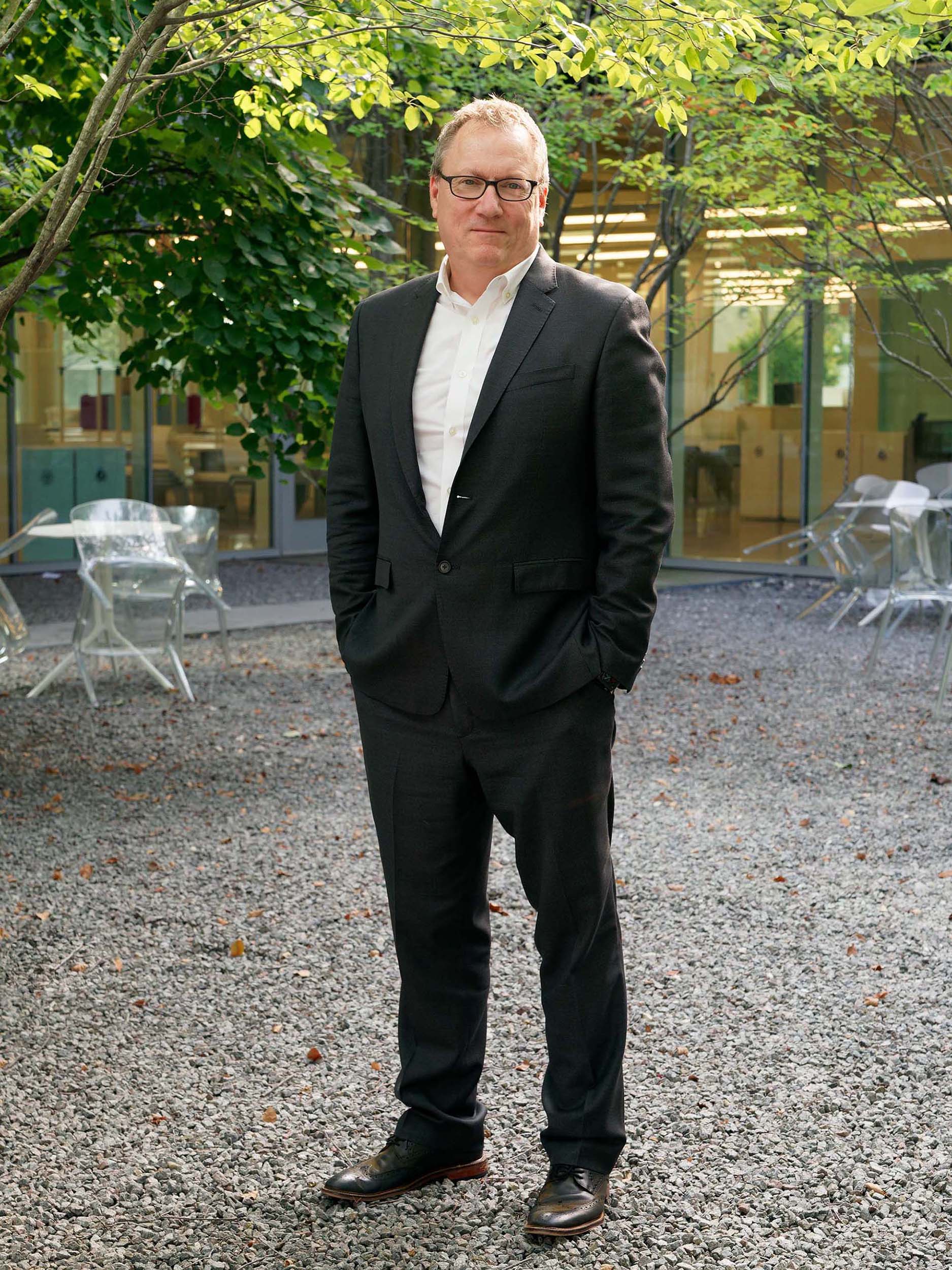Urgent Organizational Challenge 3

3. Together, we establish clear success metrics and training KPIs that keep progress visible and tangible.
Organizations need facilitators.
They face an ongoing need for people who can take a holistic, big-picture view and translate complex information and insights across disciplines and departments—without losing key details.
The Facilitation Opportunity
Today’s seamless and sophisticated consumer products, services, and experiences require large, diverse project teams. While these varied experts want to partner to create the best possible solution, they struggle to understand each other.
Designers and design leaders are trained in collaboration and facilitation and know how to focus groups on significant questions that can lead to more desirable outcomes—not only for consumers, but also for their own colleagues.
In design, we must know how and why anything works the way it does. Thus, design leaders must develop the domain knowledge necessary to ensure clear understanding of all the moving parts of strategy and execution across the team, throughout the process.

Take Responsibility: Translate, Facilitate, Collaborate
Forge alliances and collaborate effectively. Advance from having a star cheerleader (or two) to building an enthusiastic fan base for design by becoming a reliable problem-solving partner. Integrating design into an organization often requires a change in the culture. Effective designers build trust by engaging not only top executives but also influential individuals across the organization, such as client relationship leads, project managers, and a range of other team members. Establishing strong partnerships becomes so embedded in the culture that even as people leave, new partners naturally emerge and bridges across erstwhile siloes remain strong.
Develop a shared language—and speak it. Always use common terms easily understood by professionals. Nobody enjoys encounters with the esoteric when there’s work to do, so successful designers learn the terms used across the organization and make their own terms as clear and as accessible as possible, drawing on the vocabulary of others.
Strive for collective accountability and collaboration from all members of the organization. Design has the greatest impact when designers, business professionals, and technologists all work together, from the earliest stages of a project. The integration of design within different departments and disciplines creates an environment where its value is more readily recognized, understood, and leveraged.
Convey value through tangible evidence. Success stories and concrete outcomes resulting from effective design implementation can serve as proof points. Showcasing how design has transformed projects and achieved favorable results provides the most compelling case for its value.
When it comes to making their work clearly relevant to the people who depend on it, no one is better equipped than a designer. Everything designers do stems from responsibility for making something useful that can be understood. Therefore, designers should be at the very center of every effort to describe and clarify the reasons for a particular process within an organization—from the why (initial strategy) to the what (product or service launch) to the how (use and usefulness).

Peter Zapf
Director of Partnerships and Strategic Initiatives
Are you interested in understanding where design is heading next? Let’s think together.